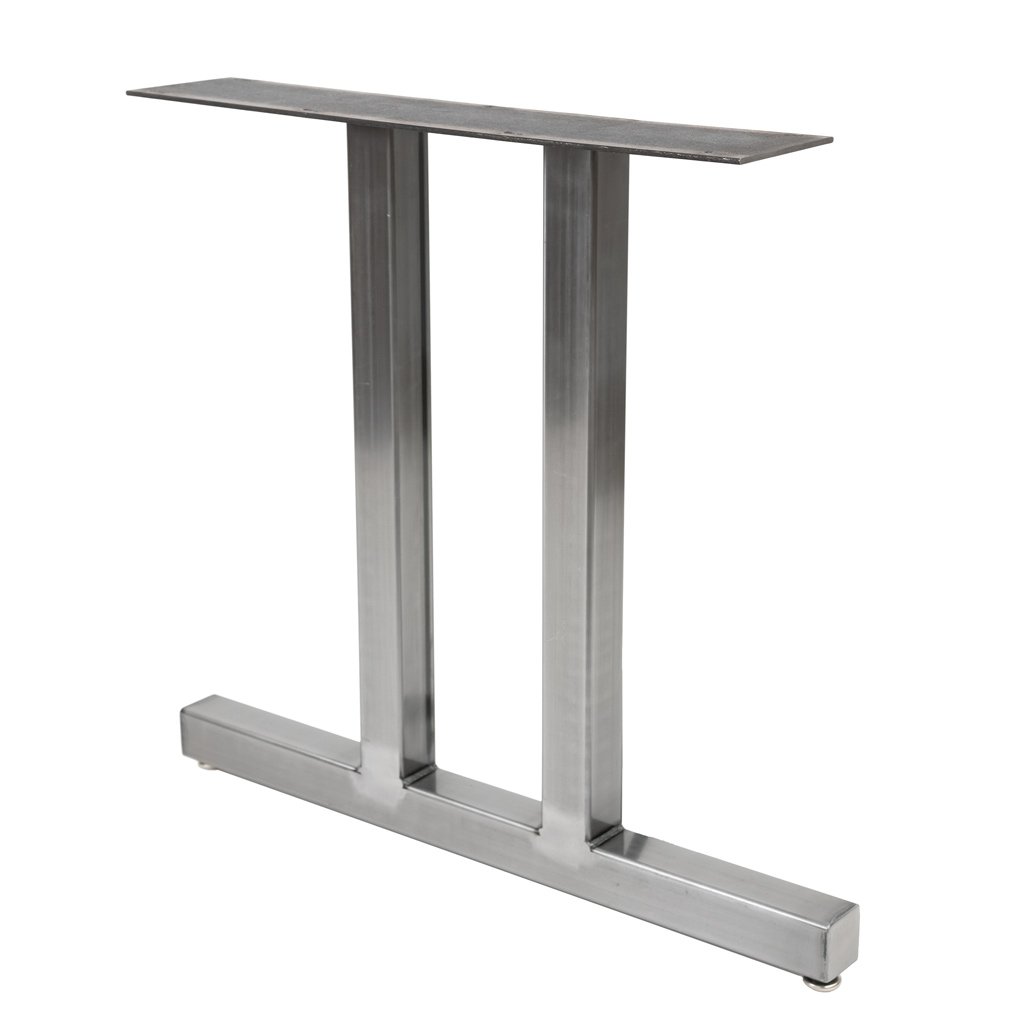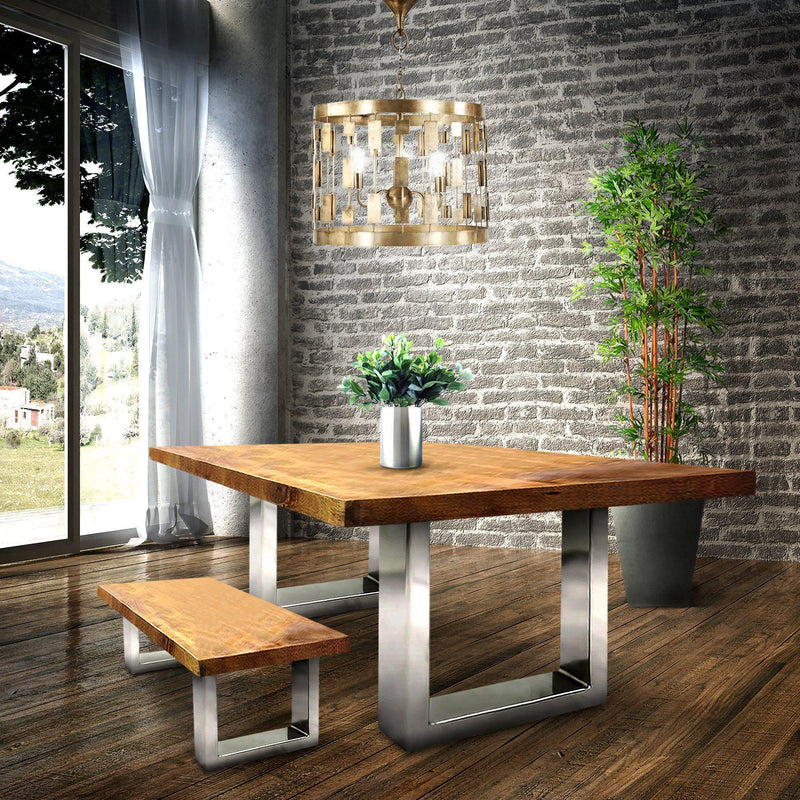How to Maintain and Care for Your Dining Room Table Legs
How to Maintain and Care for Your Dining Room Table Legs
Blog Article
From Traditional to Modern: Find the Ideal Dining-room Table Legs for Your Design
The option of dining-room table legs plays a critical duty in defining the total personality of your area, bridging the void between typical workmanship and modern-day aesthetics. While traditional layouts such as cabriole and turned legs evoke a feeling of classic elegance, contemporary designs like hairpin and geometric choices offer a chance for striking aesthetic interest. Assessing the right balance in between these styles needs a nuanced understanding of your existing décor and individual preference. As you consider these aspects, the concern continues to be: just how can you perfectly integrate these diverse leg designs to create an unified eating experience?
Understanding Table Leg Styles
The variety of dining-room table leg styles can considerably influence both the looks and capability of the space. Each leg design adds one-of-a-kind aesthetic components and functional features, providing to varied layout preferences and use requirements. Recognizing these designs is vital for selecting the best table that aligns with your general interior decoration vision.
For example, conical legs offer a tidy, traditional look that can enhance a room's elegance, while pedestal bases provide stability and make the most of legroom, making them suitable for smaller sized rooms. Barrette legs, a trademark of mid-century modern-day style, present a commercial panache, enabling an airy, open feeling. Likewise, trestle legs stimulate rustic charm, providing durable assistance and a sense of eternity.
Wooden legs can bring heat and structure, whereas steel alternatives usually convey a sleek, modern ambiance. Inevitably, comprehending table leg styles is vital for creating a cohesive eating location that reflects personal style while making certain functionality and convenience.
Typical Table Leg Options
When picking dining-room table legs, conventional options often personify ageless elegance and craftsmanship. These designs show an abundant heritage and a commitment to quality, making them optimal for those who appreciate timeless aesthetics.
One of one of the most renowned standard leg designs is the cabriole leg, characterized by its stylish rounded form. This style typically features decorative makings and is most frequently discovered in Queen Anne and Chippendale furnishings. Another prominent option is the turned leg, which flaunts a series of smooth, rounded forms that offer a traditional look while maintaining security.
Furthermore, the straight leg, while easy, uses a basic and durable structure that can mix perfectly with a selection of tabletop designs. For those drawn to ornate outlining, claw-and-ball feet legs stimulate a feeling of magnificence and can work as a magnificent centerpiece in any kind of dining space.
Finally, pedestal bases, although not purely legs, supply an alternate standard alternative that permits sufficient legroom and can be wonderfully carved. Each of these conventional leg styles contributes to the overall ambiance of a dining-room, weding function with aesthetic allure.

Modern Table Leg Styles
Modern table leg styles offer a varied range of designs that stress cutting-edge products and clean lines. These designs typically focus on capability while serving as striking centerpieces within a dining area. Minimal looks are prevalent, with legs crafted from materials such as steel, glass, and crafted wood, which add to a contemporary and airy feel.
One popular style is the barrette leg, defined by its slender, conical framework that offers stability without overwhelming the table top (dining room table legs). This style is usually found in mid-century modern-day furniture and can easily match different eating table forms. One more pattern is using geometric forms, where legs might take on unbalanced or angular kinds, adding visual interest and a touch of virtuosity

Mixing Designs for Unique Areas
Often, property owners look for to develop distinct dining areas that mirror their personal design by mixing various design aspects. This approach permits the consolidation of varied visual appeals, resulting in a harmonious yet distinct environment. For example, coupling a rustic wood table with sleek, modern metal legs can create a distinctive contrast that raises the space's general allure.
Furthermore, incorporating vintage table legs with modern table tops can stimulate a sense of background while keeping a contemporary perceptiveness. Such mixes not only showcase private preference yet also urge creativity, permitting home owners to curate a space that feels both individual try this site and welcoming.
Shade plays a crucial role in this mixing process; selecting table legs that complement or comparison with the existing color pattern can improve visual rate of interest. Whitewashed legs can soften the daring of a dark table surface, creating a balanced visual.
Tips for Picking the Right Legs
Choosing the right table legs is necessary for attaining both capability and aesthetic allure in your eating space. Begin by thinking about the overall design of your room. Conventional setups take advantage of legs that include complex makings or transformed layouts, while contemporary areas might ask for sleek, minimalist styles.
Following, assess the height and security of the legs. dining room table legs. Typical table range between 28 to 30 inches in elevation, so make certain the legs complement this dimension for comfort. In addition, durable products, such as hardwood or metal, can boost stability and long life
Examine the leg form too-- alternatives include straight, tapered, or pedestal designs. Straight legs use a traditional look, while tapered legs can add a touch of elegance. Pedestal bases supply sufficient legroom and are perfect for smaller rooms.
Final Thought
In summary, choosing the optimal dining-room table legs needs mindful factor to consider of both modern and standard styles. Standard choices such as cabriole and transformed legs offer ageless elegance, while modern-day layouts like barrette and geometric shapes give a contemporary touch. By integrating leg style, height, and product with the overall decoration, a natural and inviting atmosphere can be attained. Ultimately, the picked table legs ought to show the preferred aesthetic, boosting the dining experience within the area.
The range of eating space table leg designs can substantially influence both the aesthetic appeals and capability of the space. Inevitably, comprehending table leg styles is crucial for developing a cohesive dining area that shows personal style while ensuring practicality and convenience.One of the most famous standard leg styles is the cabriole leg, characterized by its stylish curved shape. Straight legs supply a timeless appearance, while tapered legs can include a touch of beauty.In summary, picking the excellent eating area table legs requires careful factor to consider of both traditional and modern-day styles.
Report this page